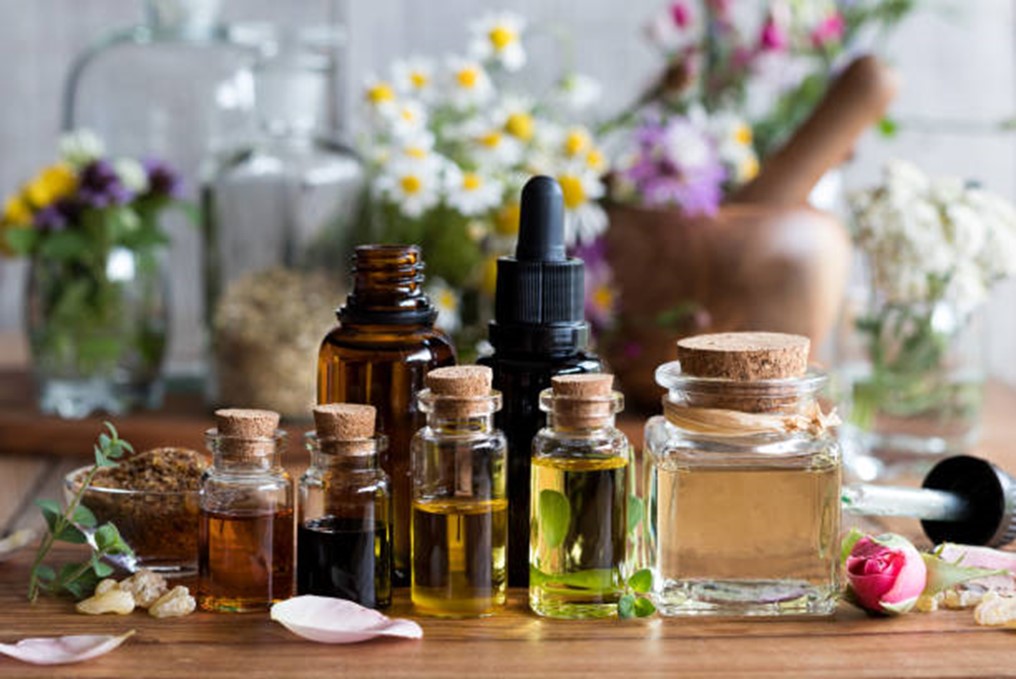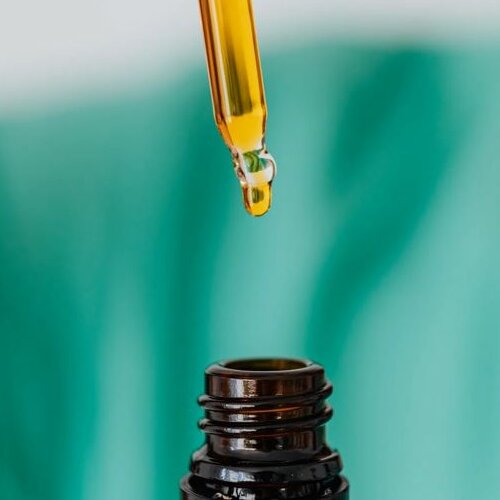Essential oils are very fashionable with a significant development of aromatherapy in our society.[1] However its so-called “natural” substances are not without risks to human health and then require compliance.
In 2014, after an investigation conducted by the DGCCRF, 81% of violations were found concerning the presentation, labeling, nature and use of essential oils placed on the market for cosmetic purposes.[2]
Similarly, in 2019, according to the DGCCRF “80% of essential oil products sampled had at least one failure to comply with the CLP Regulation. Most often, it was found a lack of tactile indication of danger (ITD), missing, non-regulatory or misplaced hazard pictograms, or a lack of information on sensitizing substances. Products whose labeling underestimated the risks were not maintained on the market.”[3]

WHY SO MUCH NON-COMPLIANCE ON ESSENTIAL OILS?
These essential oils meet multiple regulations. Indeed, there is no specific regulation applicable to all essential oils, the destination (food, cosmetics, medicine …) specified by the manufacturer determines the regulations in force and, therefore, the requirements that the product must meet. [4] To market an oil, it is necessary to define :
- the product,
- the ingredients,
- use and
- claims.
When selling essential oils as raw materials, the REACH regulation (EC) No. 1907/2006 on chemical substances must be applied. Essential oils are often considered as Complex Natural Substances (CNS) of botanical origin within this regulation. CNS are defined by the botanical source, the manufacturing process and the chemical composition.
The Chemical composition will allow to classify the substance as
- UVCB (“Unknown or Variable composition, Complex reaction products or Biological materials”) and/or
- single or multi-constituent substance.
Therefore, this precise classification will have an impact on the registration process of REACH as well as for the labeling of essential oil related to the EU Regulation No. 1272/2008. [5] The CLP Regulation, EU Regulation No. 1272/2008, defines various requirements that must be met when labeling the packaging of essential oils to inform consumers of a hazard (pictogram).
The essential oils in the finished product will meet the functional requirements of the product. Therefore, the claims made for the finished product will guide the regulations that will apply to the finished product. Regulations that may apply to these finished products include medicine, medical devices, cosmetics, food supplements, consumer products (CLP) and biocides.[6]
For example, an essential oil with a therapeutic claim that is claimed to have medicinal properties such as preventing or treating a disease will be considered a medicine. Therefore, the Cosmetic Products Regulation cannot be applied since according to the definition of a cosmetic product in Regulation 1223/2009, a cosmetic cannot have a therapeutic function. The over-the-counter sale of this essential oil will be prohibited and will have to be sold as a counter medicine. [7]
Since essential oils are at the border of several regulations, these products can be called borderline products.
WHAT IS A “BORDERLINE” PRODUCT?
A “borderline” product can be defined as a product that combines characteristics of different areas, thus meeting different regulations. Many areas are at the borderline of the regulation (EC) No. 1223/2009 of the European Parliament and of the Council of November 30, 2009, among them medical devices, food supplements, biocidal products, games, chemical products… The clear identification of a product and its regulatory status is a fundamental step for proper legal compliance. For proper implementation and correct interpretation of EC Regulation No. 1223/2009, it is essential to determine the precise scope of this regulation. [7]
In conclusion, the purpose of essential oils determines the applicable regulations. The same essential oil can fall under different legislations depending on the type of claim. Being at the border of many regulations, essential oils are perfectly suited to a “bordeline” product.
REFERENCES
[1] La place des huiles essentielles dans la crise du COVID 19, Eléonore COUTURE et Stephane PIRNAY, 06/2020].[2] Huiles essentielles, DGCCRF, 23/04/2014. Disponible sur : https://www.economie.gouv.fr/dgccrf/huiles-essentielles-0[3] Plan annuel de contrôle des produits chimiques, DGCCRF, 21/01/2021. Disponible sur https://www.economie.gouv.fr/dgccrf/plan-annuel-de-controle-des-produits-chimiques[4] Les huiles essentielles DGCCRF – DECEMBRE 2018. Disponible sur https://www.economie.gouv.fr/files/files/directions_services/dgccrf/documentation/fiches_pratiques/fiches/huiles-essentielles.pdf?v=1640079135[5] Guidelines on substance identification and sameness of natural complex substances (ncs) under REACH and CLP, EFEO/IFRA, 05/08/2015.[6] Huiles essentielles française et aromathérapie, une filière d’excellence à fort potentiel économique, Consortium H.E, 2021.[7] Manual of the working group on cosmetic products (sub-group on borderline products) on the scope of application of the cosmetics regulation (ec) no 1223/2009 (art. 2(1)(a)), version 5.2, septembre 2020.
By Marine Guillaume, Lona Guillemin, DR. Stéphane Pirnay
CONTACT
EXPERTOX
114-116 RUE EDOUARD VAILLANT, 94140 ALFORTVILLE – FRANCE
01.43.67.85.03










 Follow us on Linkedin!
Follow us on Linkedin!
You must be logged in to post a comment.